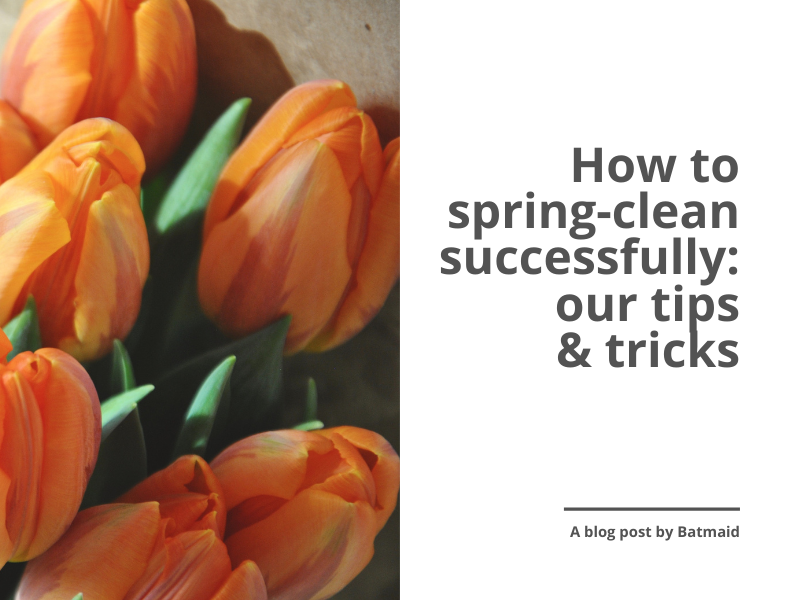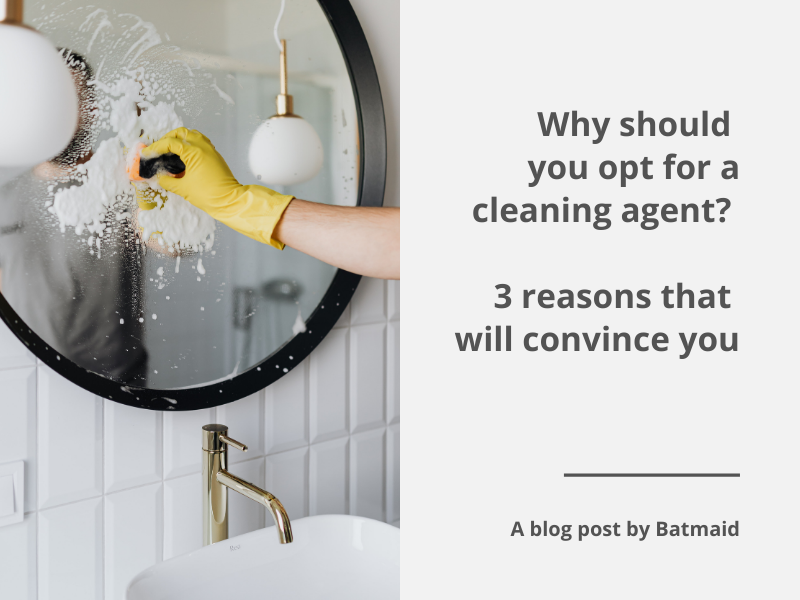Home-cleaning accidents to avoid at all costs
July 11th at 2:53pm
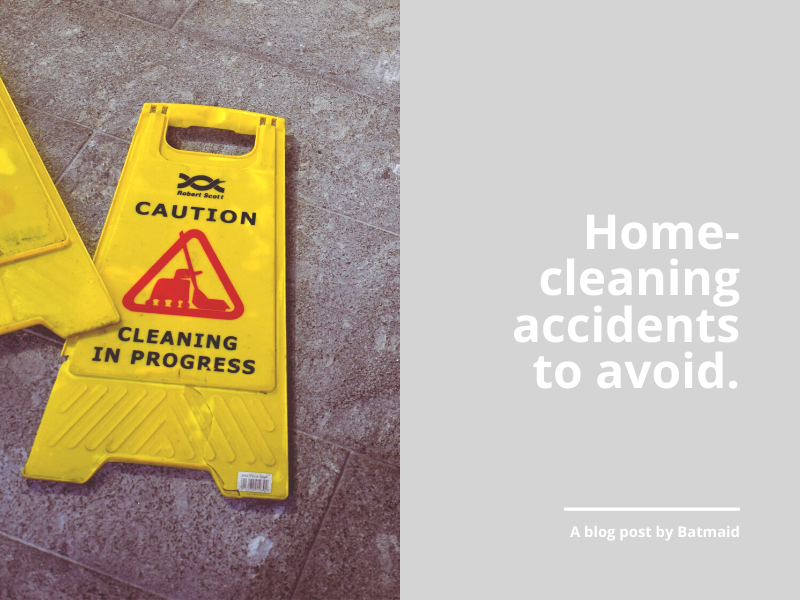
Cleaning your home… Some of us are great at it, some of us less so. What can be said for both sides of the coin, however, is that at one point or another, we have looked up a how-to-clean guide or tips and tricks on cleaning. And the internet is full of them! Might it not be easier to simply learn what not to do and go from there? Continue reading and you’ll find out how to save yourself a lot of hassle and get that cleaning done in all safety!
Mixing Ammonia + Bleach
Now this is a mistake that is often brought up in passing, either from a friend or a family member. Something to keep in mind, though, is just how easy it would be to make this mistake and cause yourself bodily harm.
Ammonia and bleach are commonly found in the same aisles in the supermarket or your local store as they are both considered cleaning products. Of course, there are warnings on the bottles, and as consumers it is our duty to read these to know the dangers. Often times, however, we skip that step and toss them into the cart without a second thought.

So, what exactly are these two infamous substances? At heart, household ammonia is a colourless gas with a pungent smell that has been infused into water, and liquid bleach is a dilute solution of sodium hypochlorite. It should be noted that even on their own these two have corrosive properties and should be handled with care, which is manageable. The real problems arise when the two come into contact with each other. The combination creates a host of harmful products, the main two being chloramine vapors (which cause irritation to the nose, eyes and throat) and liquid hydrazine (which causes headaches and, in some cases, even seizures). These solutions can also be really dangerous for your children and animals. If you want some ideas on how to make cleaning more fun for your children, click here. If you're more of a pet parent, click here for tips on keeping a clean home whilst living with a furry friend.
So next time you’re cleaning and thinking of playing mix and match with your cleaning products, take a step back, read the labels and be careful.
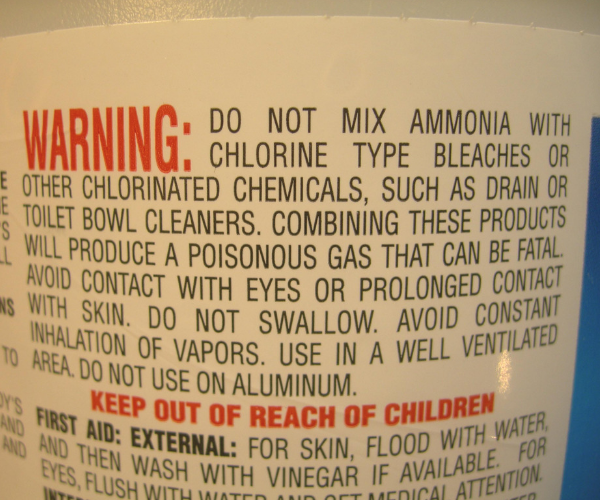
Vinegar, almost perfect
It would be fair to say for most that, at some point in your life, someone has told you to throw away your cleaning products and start using vinegar instead. Even we have hailed its effectiveness in specific situations, and we stand by that! The issue arises when people start to use it for literally everything… Here are a few things to keep in mind next time you break out the vinegar for a cleaning spree.
Marble or stone countertops in kitchens are often seen as the centerpiece of the room and have a price tag to match. It would seem a shame then to see them worn away over the years, and that’s exactly what vinegar will do. It won’t happen overnight but repeated application of vinegar to any stone/marble will eventually lead to irreparable damage, and that goes for flooring as well!
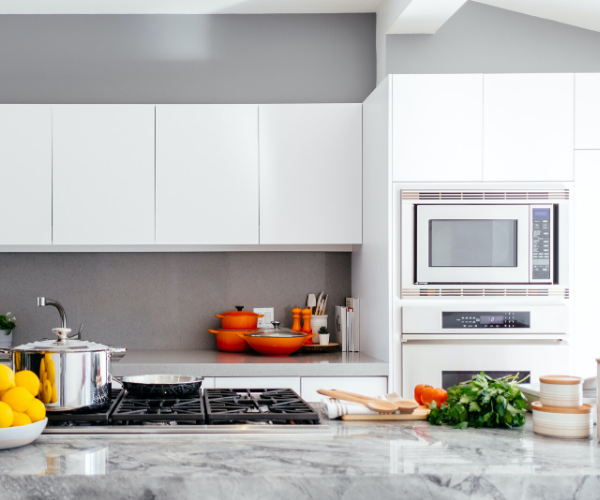
There are also a fair few cleaning guides out there that claim vinegar will leave your varnished hardwood furniture and flooring looking great… Which might be true the first few times you use it, but in the long run, you’re once again doing more damage than good. The vinegar will eventually eat away at the floor varnish (should there be any) and later when it’s onto the main course, the wood itself! So, do yourself a favour and pick up a dedicated cleaning product for wood to save yourself future headaches. There is one exception to that rule however which we will divulge in the section below.
Little-known fact: If you happen to break an egg on the floor or counter, using vinegar will actually result in the egg coagulating and becoming harder to clean up. Don’t believe us? Try it out in a bowl and watch the ‘magic’ unfold.
Chopping boards, more than meets the eye!
Almost no kitchen is without one, they see regular use, but are they as clean as we think they are? Chopping boards are used to cut up all kinds of foods: Red meat, poultry, pork, vegetables, pizza. After you’re done, give them a clean and they are good as new, or so one would think.

Unfortunately, the reality is that a wooden chopping board can be a haven for bacteria if not properly cared for. Wood in itself is already a porous material and cannot be placed in a dishwasher because the high temperatures would warp it. This then means that it's up to us to correctly wash the board, and though we do, a lot of the bacteria left behind is not visible to the naked eye. This is made worse by the fact that, if the board is not dried correctly, it becomes even more hospitable to dangerous bacteria from foodstuffs such as salmonella and E-coli.
Common misconception: Plastic cutting boards are more hygienic than wooden ones: False! They are in fact more susceptible to deeper cuts, and therefore allow bacteria to entrench themselves deeper inside.
This brings us back to the aforementioned exception to the vinegar rules. We actually recommend using vinegar to wash your wooden cutting board. The harsh effect it has on wood is exactly what is needed to clean your board, though we still recommend replacing your board with a glass one as it is far more hygienic. Beware, however, that glass cutting boards can damage knives fairly quickly.
Dirtying the dishes
Now this is one activity we think most people are pretty good at since it is, after all, common sense. If your cloth or brush is dirty, you either wash it off or grab a new one. But there is one item in your household that often manages to fly under the radar and could possibly be the dirtiest item in your entire house, toilet bowl included!
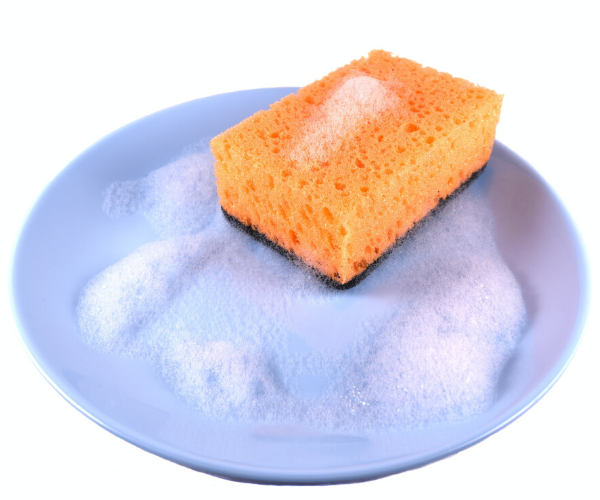
The culprit is the sponge in your sink. This little fellow is used to wipe down a multitude of foodstuffs, day in day out, and never gets a chance to take a break. It’s left in the sink, usually sopping wet and covered in bacteria. The porous nature of the sponge combined with the dank environment it lives in makes it excellent breeding ground for germs and even mold.
Top tip: If you microwave a moist sponge for a minute at full power, the high temperatures will kill 99% of the bacteria living within. Just make sure to give it some time to cool down before you pick it back up!
So, there you have it, our list of the top mistakes to not make! Hopefully at some point down the line they will come to mind and serve you well. If you can think of any other traps that you would like to highlight for us and for others, please do let us know in the comments, we love hearing from our readers!
